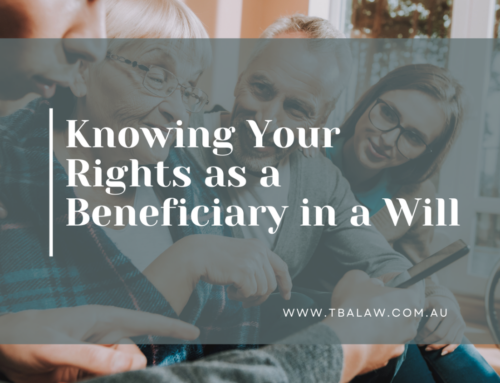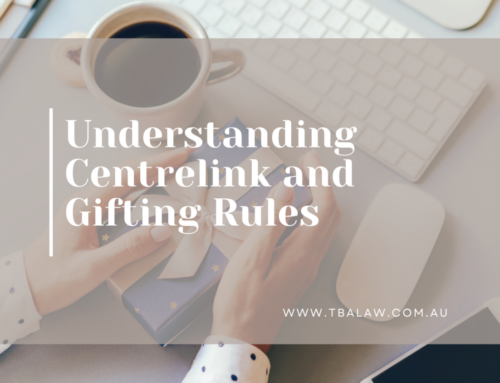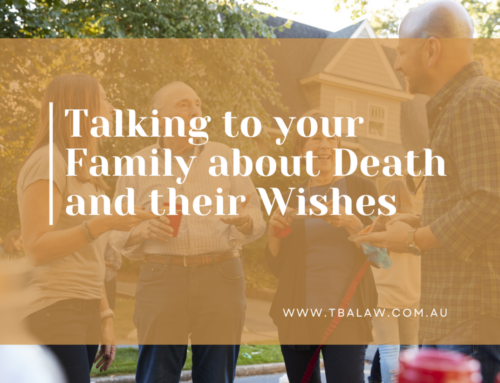Blended families and estate planning
Estate planning for a blended family can give rise to unique problems. As well as needing to provide for the new spouse, there are also children from the first relationship, as well as children with the new spouse. There is often a level of animosity between the different groups of beneficiaries, as the children from the first marriage might not like the new spouse or new children.
 Separation is not the same as divorce as indicated in this previous article. A new marriage invalidates a previous Will, but a new de facto relationship doesn’t. A separation also doesn’t invalidate a previous Will. A divorce doesn’t in validate a previous Will, but it does act to exclude the ex-spouse from any role or gift under the Will.
Separation is not the same as divorce as indicated in this previous article. A new marriage invalidates a previous Will, but a new de facto relationship doesn’t. A separation also doesn’t invalidate a previous Will. A divorce doesn’t in validate a previous Will, but it does act to exclude the ex-spouse from any role or gift under the Will.
The most difficult aspect about estate planning for blended families is making sure that all competing interests are balanced to reduce the likelihood of a claim.
A current spouse, and an ex-spouse who has not had a family law settlement, have strong competing claims against a deceased estate, and will take preference before any children. Generally, in a Will dispute, a spouse should receive a place to live and a nest egg to allow for any contingencies. Preferably, the spouse should be kept in the life style that they are used to, and not have to give anything up.
The other consideration during estate planning, is that if everything is left to the new spouse, the willmaker should realise that their new spouse may have no obligation to the children from their former marriage, so their new spouse is unlikely to leave anything in their Will to the children. This is why life interests were so popular for some time – the house and part of the estate were left to the new spouse for life only, and then on the death of the new spouse it was ensured that this went to the children from the first marriage. Life interests have sometimes been found to be insufficient in a Will dispute, and they also raise many other problems for the flexibility of the new spouse in where they live.
Quite often, it is useful to have non-estate assets to make up the interests of children. Superannuation, life insurance, and joint assets can all be left to spouses or children without forming part of the estate. This also ensures they are removed from any Will dispute.
This raises the issue of minimising the estate itself to make sure there are not many assets available in the case of a dispute. If set up right, it can also ensure the inheritance goes to the right person. Family trusts are a vehicle that could be used, but there are stamp duty and capital gains consequences that need to be considered when assets are being moved around.
A mutual will agreement is another contract that can be used between spouses to make sure that a Will is not changed after the first of the spouses dies, so that beneficiaries aren’t cut out.
Every family is unique and different and needs to be approached individually, depending on the family dynamics involved and the objections of the willmaker.





Leave A Comment